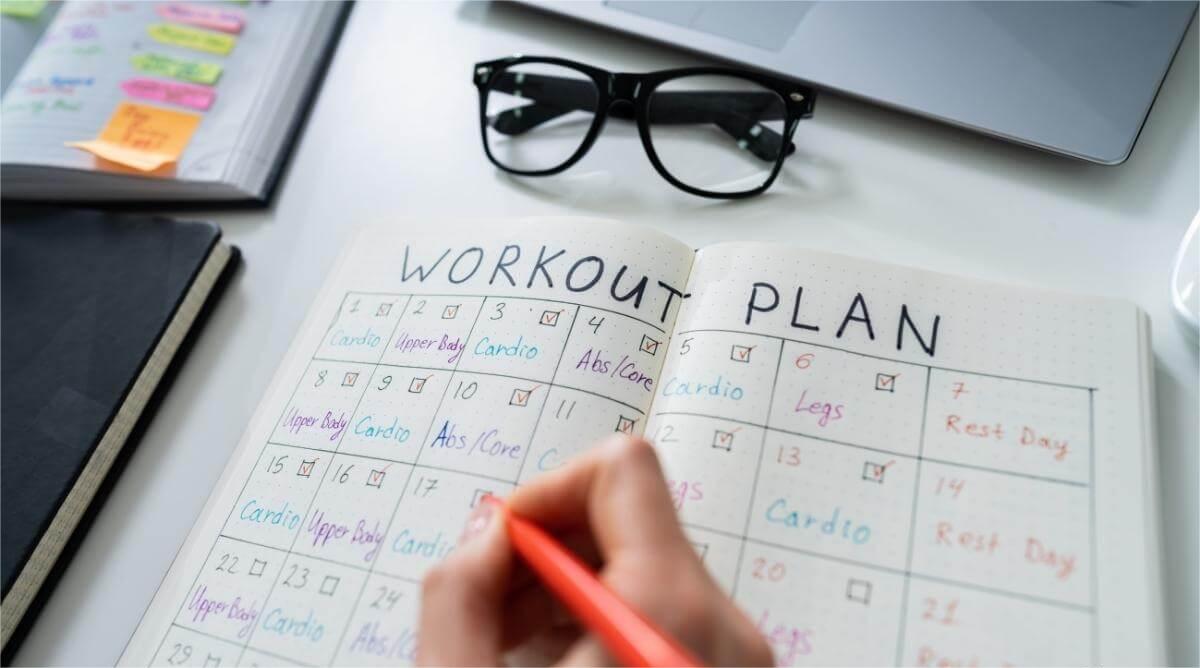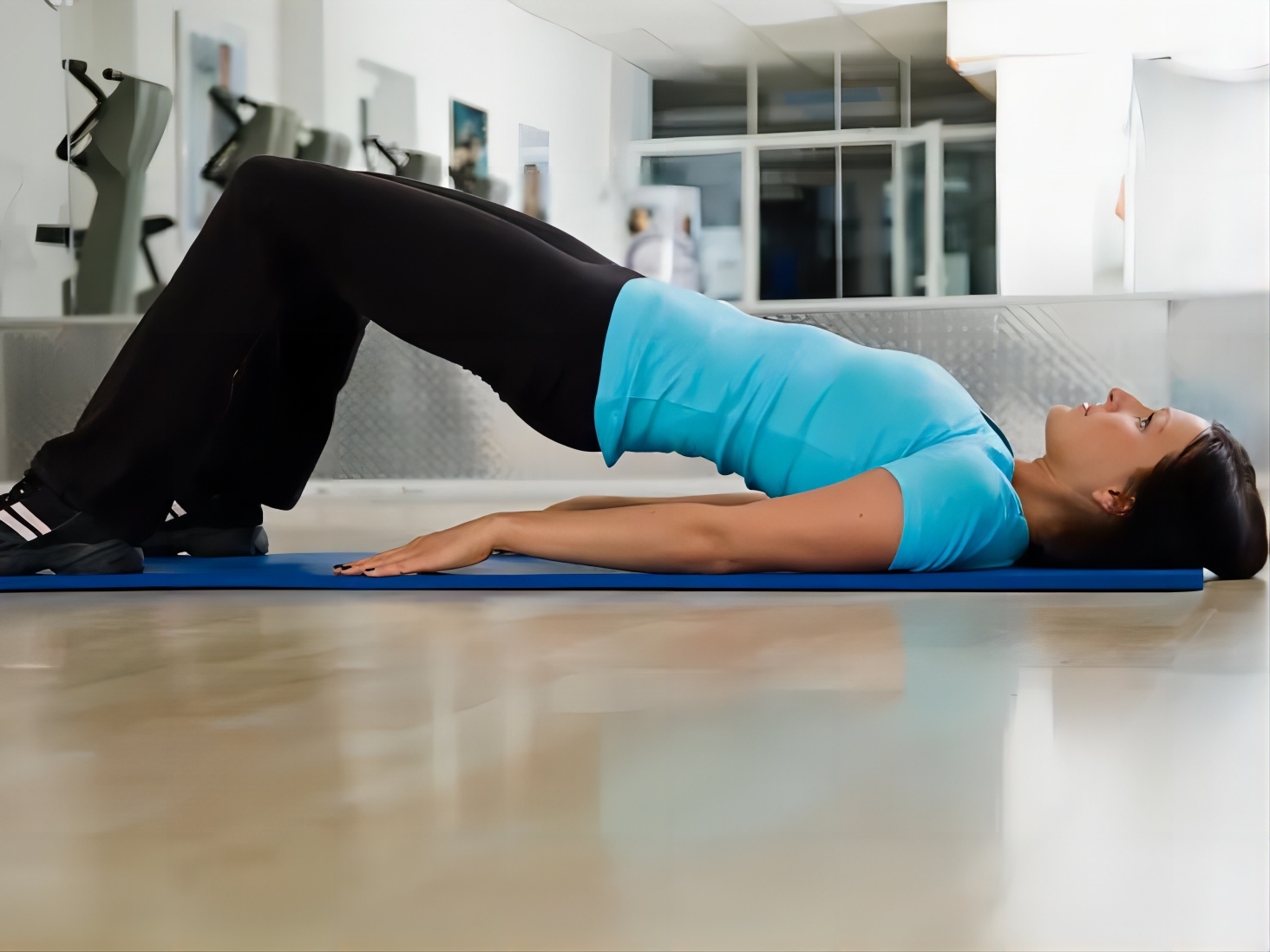Do you want to get in good shape, but never seem to have the determination to stick with it? The following methods can provide you with the push you need.
Carve out time
It seems like you never have enough time to exercise, and you probably do—as long as you make exercise a priority. Here are some ways.
- Make a plan. Pick a time when you want to exercise and schedule it in advance. Stick to your plan and don’t get distracted by other activities. If you have a calendar on your phone or computer, you can set an alarm to remind you when it’s time to exercise.
- Replace a habit with exercise. Most of us have unnecessary and not particularly pleasant habits, such as exercising that can replace (or be added to) the habit of watching television. Ask yourself how much time you devote to this habit and whether you can exercise at the same time. If the answer is yes, then create new rules that say (for example) that you “can” watch TV only when you’re exercising.
- Use exercise as a bonding time. If you have a long-term activity with a friend or family member, see if he or she is willing to work out together during that period. In addition to doing aerobics together, you can consider doing more social activities, such as playing tennis or dancing.
- Making exercise a routine is key. After about two weeks, you’ll find that exercising isn’t such a chore.
Find an activity you enjoy
If you enjoy exercising, you’re more likely to stick with it. Not all fitness is in the gym: try biking, rollerblading, rowing, ice skating, swimming, hockey, or rugby, and you can even dance in your bedroom with an iPod. The key to consistent exercise is to enjoy the process.
- If you feel bored while exercising, try participating in more social activities, such as team sports or intramural sports.
Be responsible for yourself
Keep track of when you exercise and for how long. Make notes on your calendar or keep an exercise journal. Writing down what you did makes you more accountable to yourself and allows you to see how much you actually did. In addition, looking back to see how much you have done can give you a sense of accomplishment and motivate yourself.
Start with reasonable goals
Don’t exercise too hard in the beginning. Instead, start exercising at a reasonable pace, and when you feel no challenge, increase the amount of exercise appropriately. Try exercising 3 times a week for 30 minutes each time to get a feel for it.
- Avoid excessive fatigue. Exercising too much initially can lead to muscle tension and fatigue, and if you associate exercise with pain, you’ll be less willing to exercise next time.
Track and record body data
Instead of judging the success of your workout based on how much weight you’ve lost, keep a soft measuring tape handy to measure your waist and hips. You may build muscle and gain weight, but you will shrink in size.
- Record your measurements. As you start to get in shape, seeing your progress will increase your confidence.
- Measure your neck, arms, and ankles.
To learn
If you want to lose weight on purpose, you must learn to eat healthily. Don’t “fall into” dieting mistakes. Otherwise, you will end up “gaining weight”. Things like Weight Watchers can help you learn, but I just suggest you develop a lifestyle that you’ll stick to and use your common sense. See Tips for more help.
Drink water
Drinking water is definitely the best thing you can do for your body. Be sure to bring water with you when exercising. Remember not to drink too much plain water after heavy exercise – your body loses salt through sweat, and too much plain water will only take away the rest. Sports drinks are beneficial for high-intensity workouts, but if your goal is weight loss, consider the sugar content in the drinks.
- Drink enough water to replace what is lost. Determine how much water you drink based on your weight, climate, and effort level. Dehydration can slow down your weight loss goals, increase the risk of muscle tears, and make you feel nauseous. For better results, avoid coffee and soda drinks.
Keep motivated
Your workouts may become easier as you continue to exercise and build strength. Don’t let yourself get complacent, but once you feel your current regimen is easy, change it and try something different.
Be creative
You don’t need to be in a gym to work out. Try designing your own exercise game based on your favorite TV show.
- Make a list of things that often happen on your favorite show and associate each item on the list with a type of exercise.
- When a TV event on your list occurs, pause and start exercising accordingly. After you finish exercising, start watching TV again. Take a look at the example below.
Tips
- Before starting to exercise, talk to your doctor to see if you are underweight, overweight, obese, or have asthma. These problems can harm your health.
- If you feel dizzy, light-headed, nauseous, or in pain while exercising, take a break. If you start to recover quickly, wait until you feel better before starting to exercise. If the pain is severe you cry, you think something is broken, or the pain won’t go away, stop and wait a few hours. If the pain doesn’t go away, call a doctor! (The original statement was to wait a few “days” before contacting your doctor. If your pain does not subside within a few hours, you should contact someone. If you have “severe” pain, you need to contact someone immediately because it may indicate critical illness.)
- Before starting any new exercise regimen, consult your doctor, especially if you have had heart or lung-related conditions in the past.



